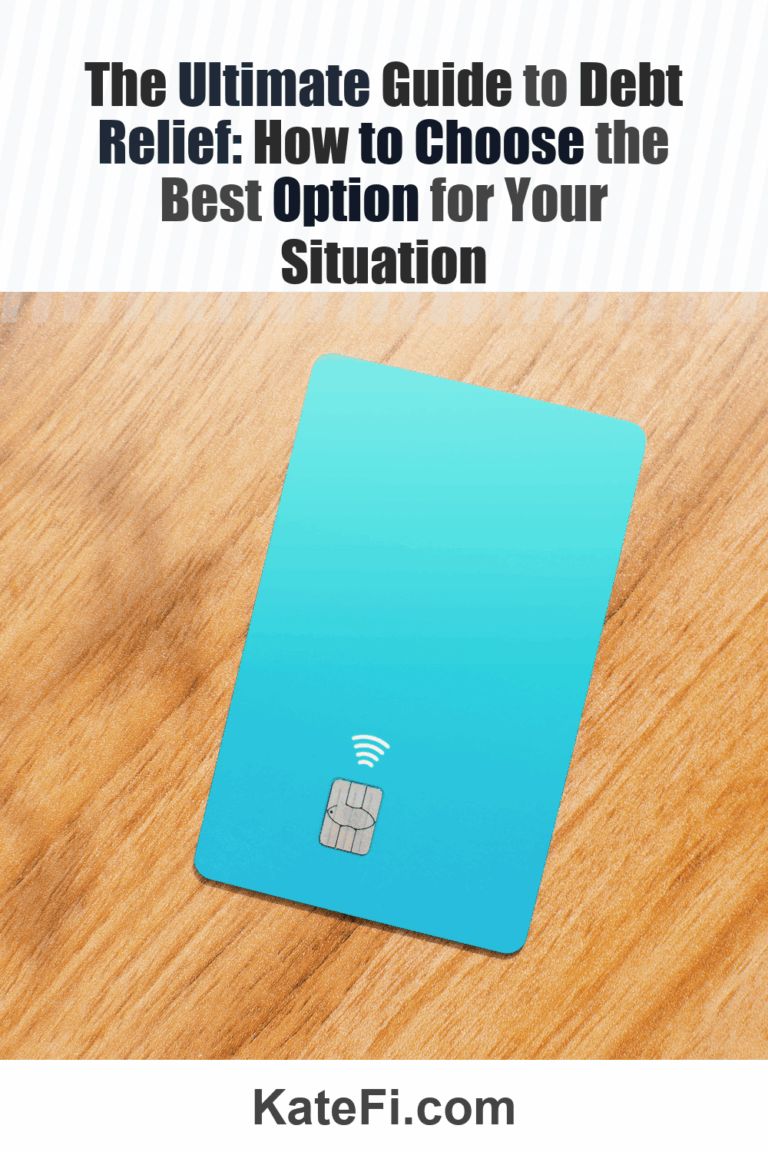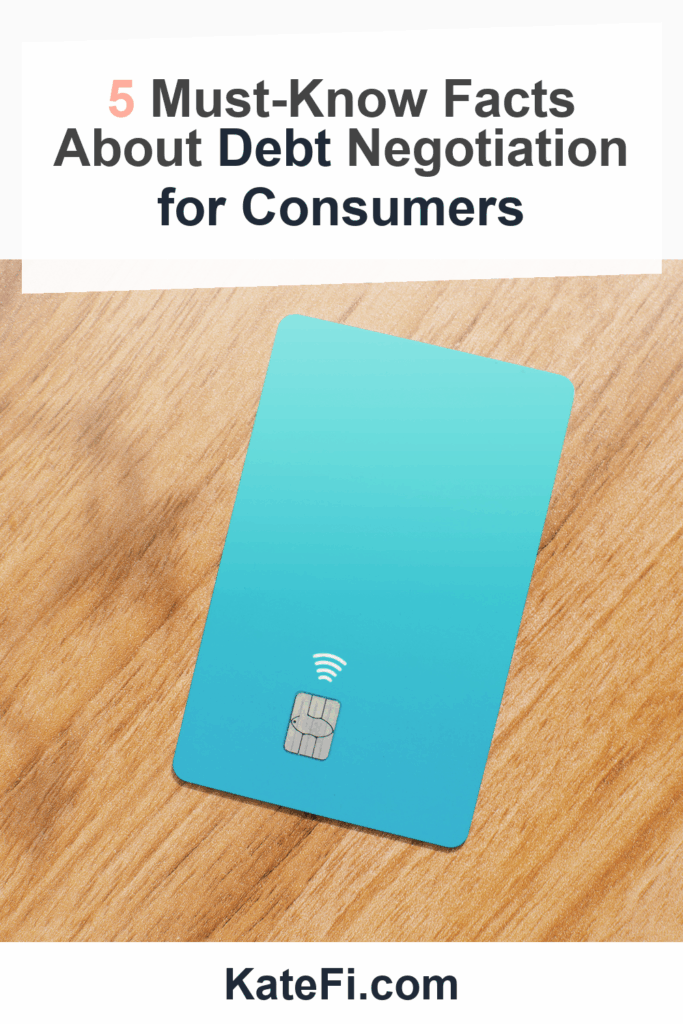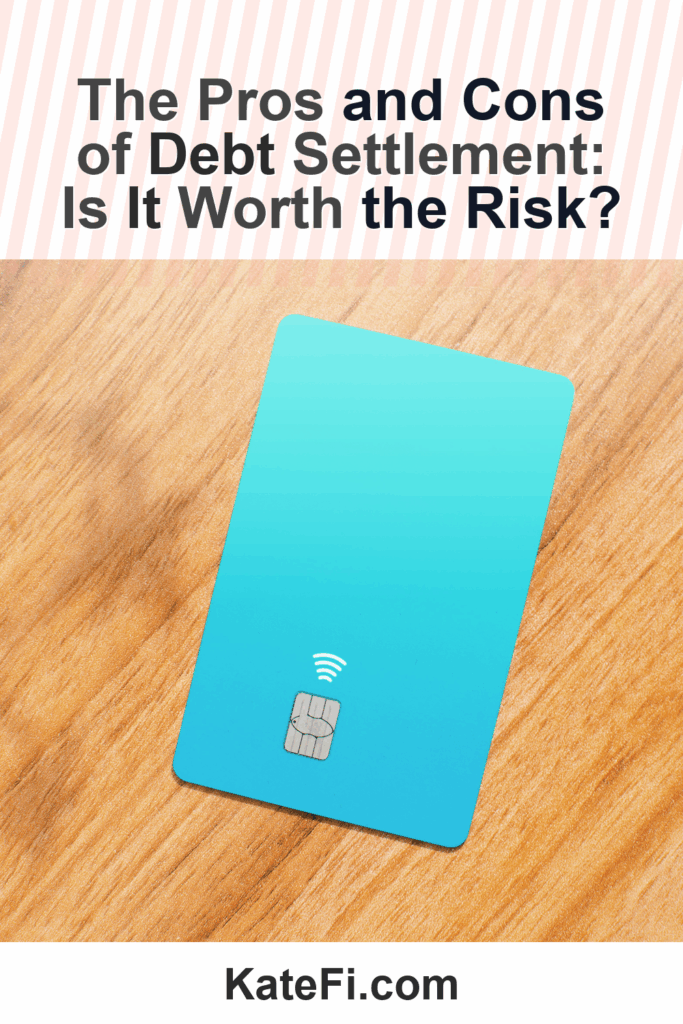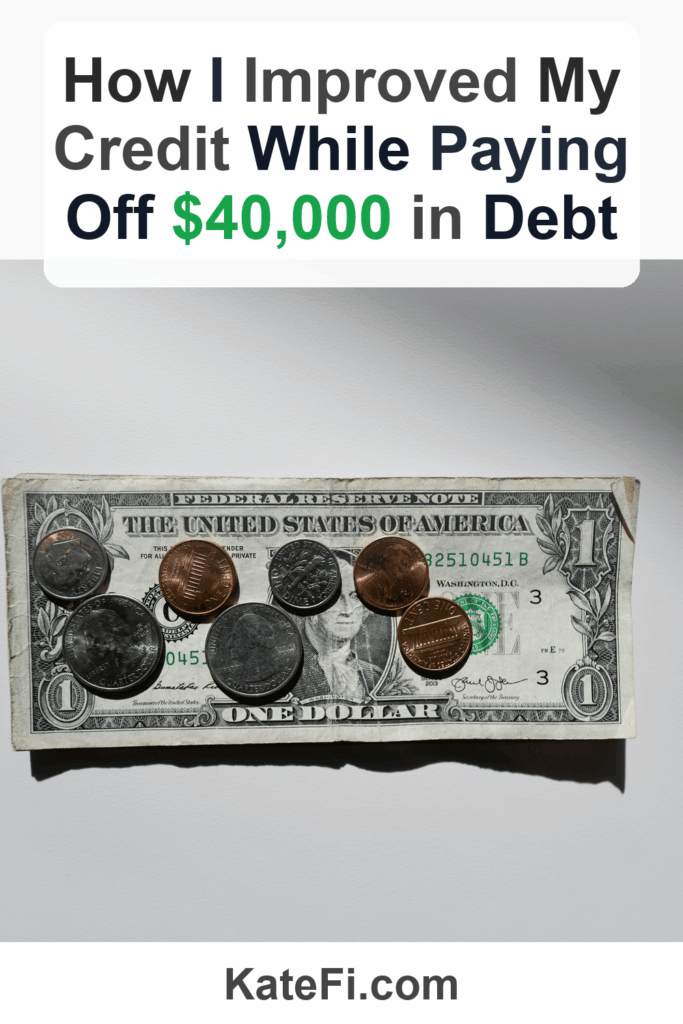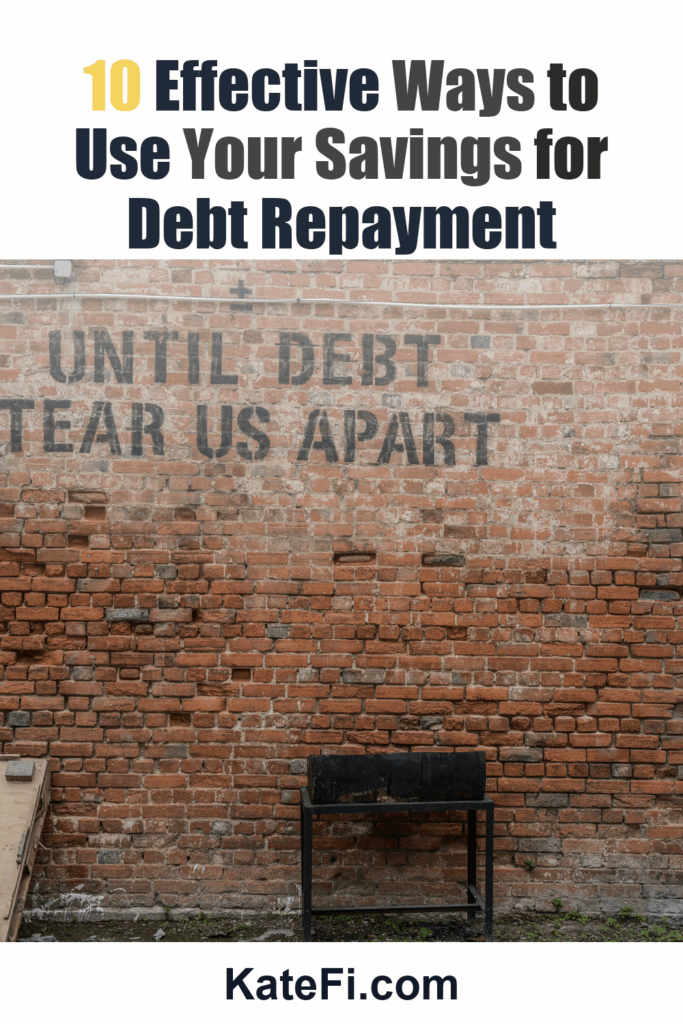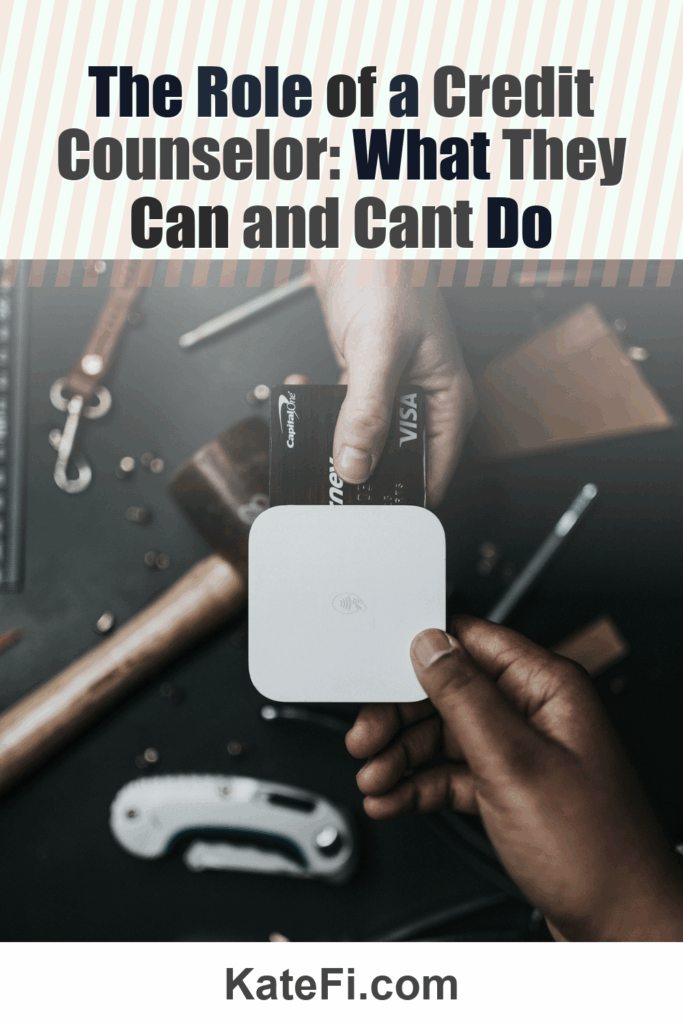The Ultimate Guide to Debt Relief: How to Choose the Best Option for Your Situation
Debt can feel like an anchor, dragging you down and making every day a struggle. Whether you are facing mounting credit card bills, medical expenses, or student loans, understanding your options for debt relief is essential to regaining your financial freedom. This comprehensive guide will walk you through the various debt relief strategies available, offering a step-by-step roadmap to help you identify the best option for your unique situation.
Love our content? Show your support by following us — pretty please!🥺
FOLLOW ON PINTEREST
Hi! I’m Kate, the face behind KateFi.com—a blog all about making life easier and more affordable.
Along the way, we will emphasize the importance of consulting with experts. Specifically, we recommend getting a free consultation to review your options. A knowledgeable advisor can help you understand the implications of each strategy and how they can fit into your broader financial plan.
Understanding Your Debt Relief Options
What You’ll Learn on the Call
- Estimated timeline and monthly payment range
- How credit may be affected in the short term
- What documents to gather to move faster
Not available in IL, KS, OR, TN, UT, WV.
Before we dive into the specifics, let’s briefly outline the most common forms of debt relief:
- Debt Settlement: Negotiating with creditors to pay a reduced amount to settle your debts.
- Debt Management Plans (DMP): Working with a credit counseling agency to create a structured plan for paying off your debt over time.
- Debt Consolidation: Combining multiple debts into a single loan or payment to simplify your financial obligations.
While bankruptcy is often seen as a last resort, it can sometimes make sense depending on your financial circumstances.
Step-by-Step Roadmap: Choosing the Right Option
To navigate your way through these options, follow this simple decision tree:
- Evaluate Your Total Debt: Calculate how much you owe across all accounts.
- Consider Your Income and Expenses: Are you able to make minimum payments on your current debts?
- If yes, a DMP or consolidation might be the best route.
- If no, move to the next question.
- Assess Your Credit Score: A higher score might give you better options for consolidation.
- If your score is acceptable, consider consolidation.
- If it’s low, debt settlement or bankruptcy might be worth exploring.
- Review Your Goals: What do you want to achieve? Quick relief, lower monthly payments, or complete debt elimination?
- Consult a Professional: It’s advisable to speak with a financial advisor. They can help tailor a plan that best suits your needs. You can start this process by getting a free consultation.
Comparing Debt Relief Options
Here’s a brief comparison table to illustrate the pros and cons of each debt relief method:
| Debt Relief Option | Pros | Cons | Ideal For |
|---|---|---|---|
| Debt Settlement | Potentially lower total debt | May hurt your credit score | Those in serious financial trouble |
| Debt Management Plan | Structured repayment plans | Can take longer to pay off debt | Those with steady income |
| Debt Consolidation | Simplified payments | May require good credit | Those with manageable debt levels |
| Bankruptcy | Fresh start, discharge certain debts | Significant credit impact | Those with unmanageable debt |
When Bankruptcy Consults Make Sense
Bankruptcy can be a daunting word, conjuring images of financial ruin. However, it can provide a legitimate path to a fresh start under certain circumstances. Here are some situations when considering bankruptcy might make sense:
- Unmanageable Debt Load: If you find yourself unable to meet even the minimum payments on your debts, bankruptcy might be a viable option. This is particularly true for unsecured debts such as credit cards and medical bills.
- Threat of Legal Action: If you’re facing lawsuits or wage garnishment, filing for bankruptcy can halt these actions and provide a breathing space.
- A Fresh Start is Needed: If you’ve experienced a life-changing event, such as divorce or a job loss, that drastically altered your financial situation, bankruptcy could offer a clean slate.
- Overwhelming Financial Stress: If the stress of your financial situation is taking a toll on your mental or physical health, it may be worth considering this route.
A bankruptcy consultation can clarify your eligibility and the types of bankruptcy available (Chapter 7 vs. Chapter 13). This step is crucial in making an informed decision.
✅ See If You Qualify for Debt Relief
Credit Impact and What to Gather for Review
Understanding the potential impact on your credit is crucial. Here’s a brief overview of how various debt relief options can affect your credit score:
- Debt Settlement: Typically leads to a lower credit score, as creditors may report accounts as settled for less than owed.
- Debt Management Plans: Generally has a minimal impact, but on-time payments can improve your score over time.
- Debt Consolidation: May initially impact your score but can improve it as you make timely payments.
- Bankruptcy: Has the most significant impact, potentially lowering your score by several hundred points. However, this effect can lessen over time with responsible financial behavior.
To ensure a smoother consultation process, gather the following documents:
- Income Statements: Pay stubs, tax returns, and any additional income.
- Expense Records: Monthly bills, living expenses, and any other relevant costs.
- Credit Reports: Obtain your reports from the three major bureaus.
- Debt Statements: Current statements from creditors detailing balances and minimum payments.
Practical Checklist for Debt Relief Consultations
Before your consultation, consider using this checklist to ensure you’re fully prepared:
- List all debts, including balances and interest rates.
- Review your monthly income and expenses.
- Gather necessary documentation (as mentioned above).
- Prepare a list of questions you have about potential strategies.
- Write down your financial goals to share with your advisor.
Having these documents and a plan in place can help streamline your consultation, allowing for a more focused discussion.
✅ See If You Qualify for Debt Relief
Conclusion
👉 Start Your Free Debt Relief Review
Not available in IL, KS, OR, TN, UT, WV.
Finding the right debt relief strategy doesn’t have to be overwhelming. By understanding your options and evaluating your financial situation, you can take the first step towards a healthier financial future. Whether you opt for debt settlement, management plans, or consolidation—or even consider bankruptcy—make sure you seek professional advice tailored to your circumstances.
Don’t hesitate to reach out and get a free consultation to help guide you on your path to financial recovery.
Important: This content is for education only—not legal, tax, or financial advice. Results and eligible programs vary by situation and state. Fees apply if you enroll and complete a program. Debt relief can affect credit; missed payments may lead to collections/lawsuits. Not available in IL, KS, OR, TN, UT, WV.

